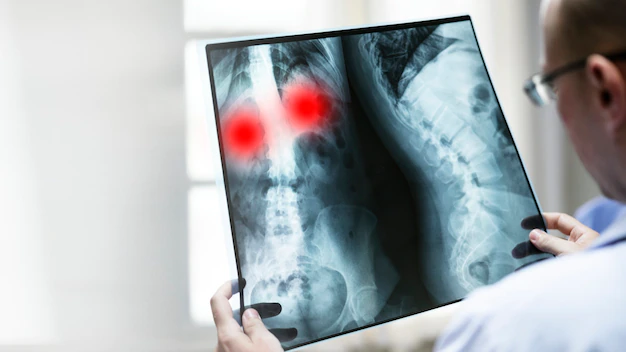Bone Mineral Density Tests to Diagnose Osteoporosis

A bone mineral density (BMD) test is a painless and non-invasive test used to diagnose osteoporosis. It measures the amount of minerals, such as calcium, in a specific area of bone, usually the hip, spine, or forearm. The test is conducted using a specialized machine called a dual-energy X-ray absorptiometry (DXA) scanner. The test is quick and painless and typically takes less than 15 minutes to complete.
BMD test results are reported as a T-score, which compares a person’s BMD to that of a healthy young adult of the same gender. A T-score of -1.0 or above is considered normal, while a T-score between -1.0 and -2.5 is classified as osteopenia, a condition that indicates low bone density and an increased risk of developing osteoporosis. A T-score of -2.5 or lower indicates osteoporosis.
It is recommended that women over the age of 65 and men over the age of 70 undergo a BMD test. In addition, individuals with risk factors for osteoporosis, such as a family history of the disease, low body weight, and a history of fractures, may need to undergo a BMD test at a younger age. Individuals who are taking medications that can weaken bones, such as corticosteroids or certain anticonvulsants, may also need to undergo regular BMD tests to monitor bone density.
BMD testing is an important tool in the diagnosis and management of osteoporosis. Early detection of the disease can lead to earlier treatment and a reduced risk of fractures.
